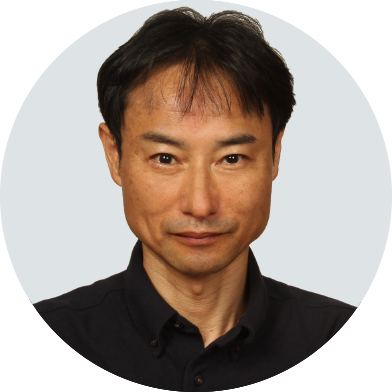MANA International Symposium 2025
Plenary Talk 2
Abstract
The diode effect is fundamental to electronic devices and is widely used in rectifiers and AC-DC converters. However, conventional diodes suffer from energy loss due to finite resistance. We found the superconducting diode effect (SDE) in Nb/V/Ta superlattices with a polar structure, which is the ultimate diode effect exhibiting a superconducting state in one direction and a normal state in the other
This work was partly supported by JSPS KAKENHI Grant Numbers (18H04225, 18H01178, 18H05227, 20H05665, 20H05159, 21K18145), MEXT Initiative to Establish Next-generation Novel Integrated Circuits Centers (X-NICS) Grant Number JPJ011438, the Cooperative Research Project Program of the Research Institute of Electrical Communication, Tohoku University, and the Collaborative Research Program of the Institute for Chemical Research, Kyoto University.
Reference
- F. Ando, et al., J. Magn. Soc. Japan 43, 17 (2019).
- F. Ando, et al., Nature 584, 373 (2020).
- F. Ando, et al., Jpn. J. Appl. Phys. 60, 060902 (2021).
- Y. Miyasaka, et al., Appl. Phys. Express 14, 073003 (2021).
- R. Kawarazaki, et al., Appl. Phys. Express 15, 113001 (2022).
- A. Daido, et al., Phys. Rev. Lett. 128, 037001 (2022).
- H. Narita, et al., Phys. Rev. B 109, 094501 (2024).
- K. Nakamura, et al., Nat. Nanotechnol. 17, 823 (2022).
- K. Nakamura, et al., Adv. Mater. 10 DOI: 10.1002/adma.202304083

